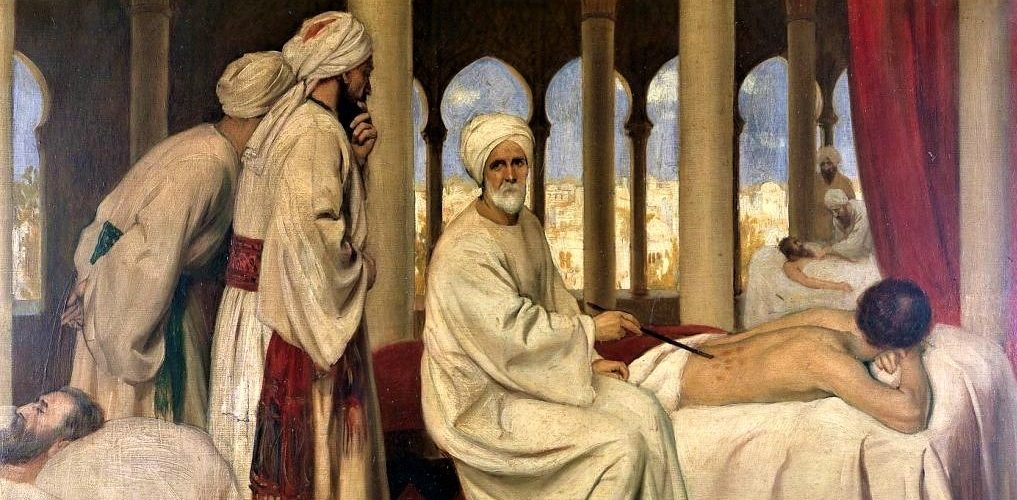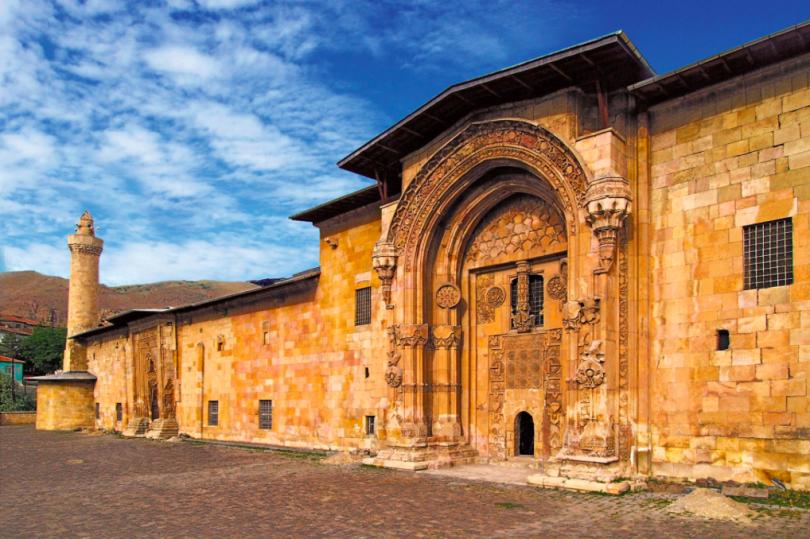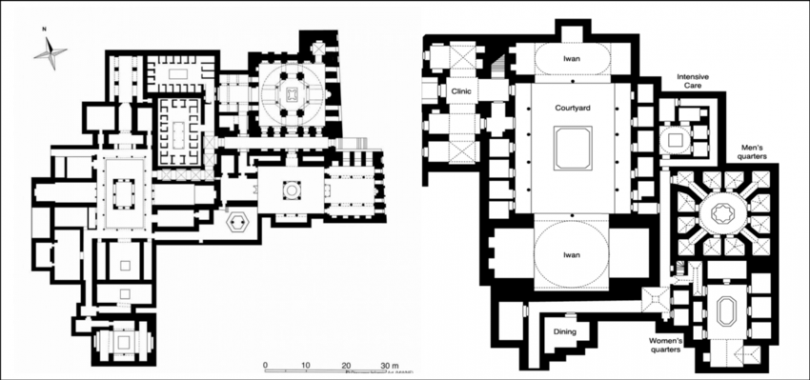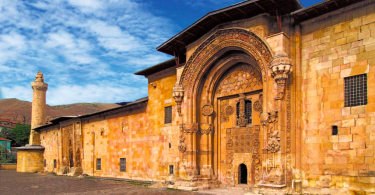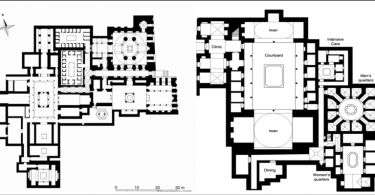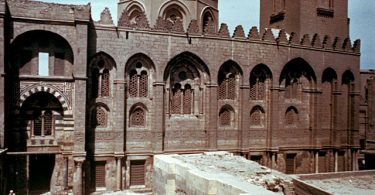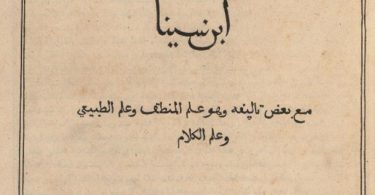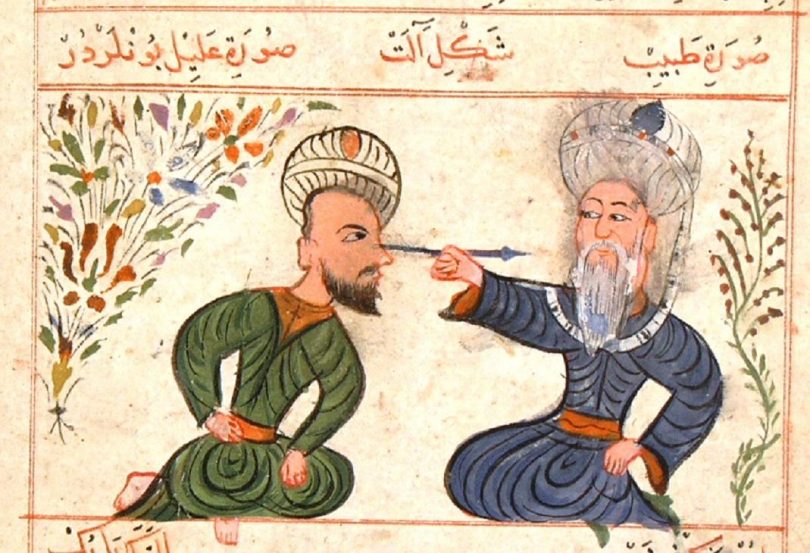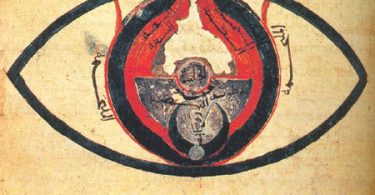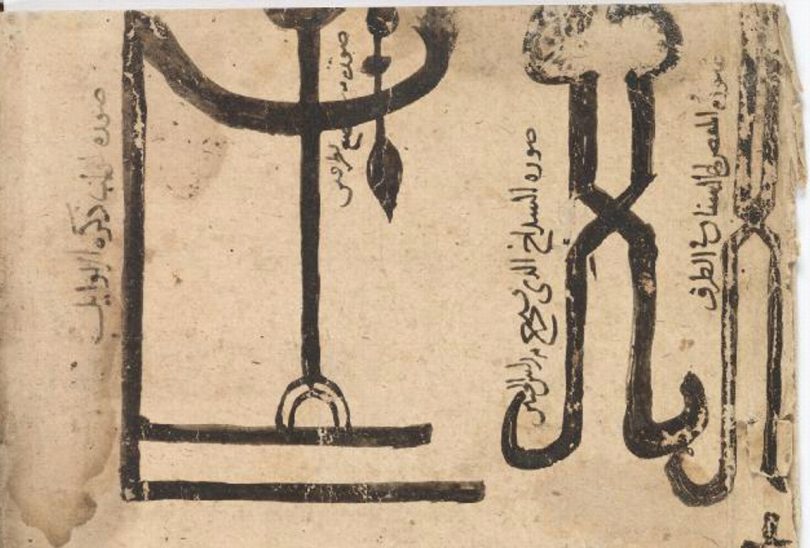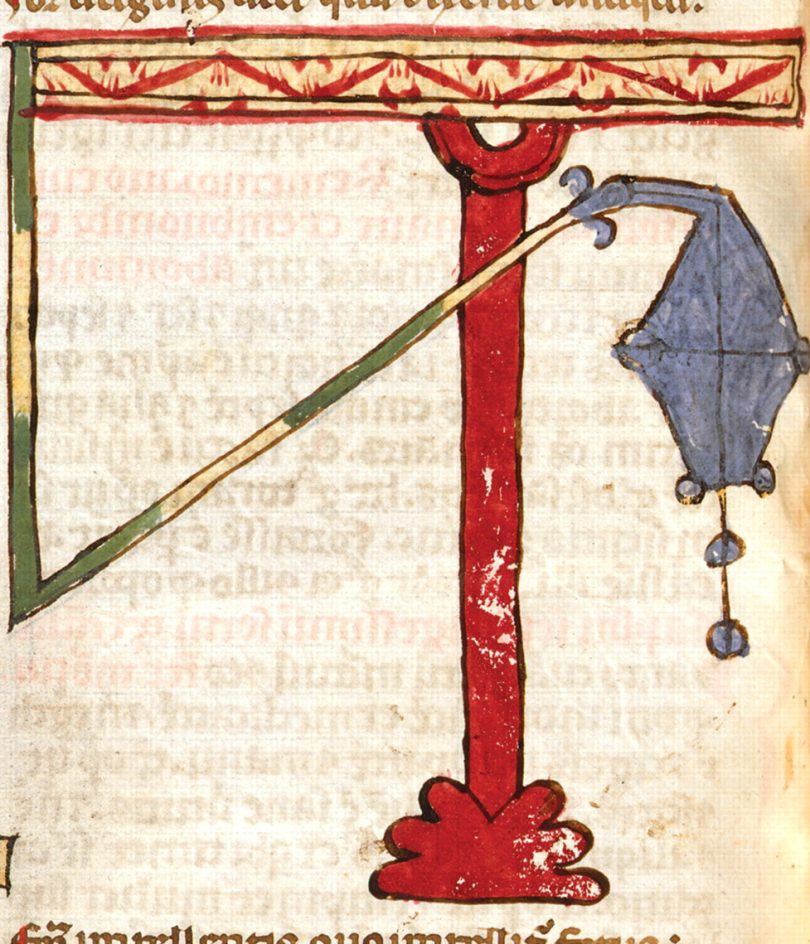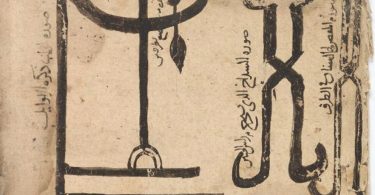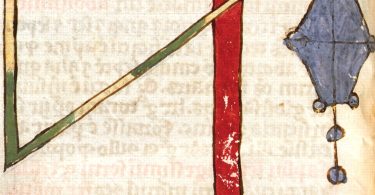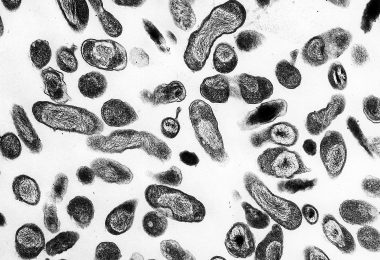Although often overlooked by modern scholars, Middle Eastern physicians of the Islamic Golden Age made profound contributions to not only the natural sciences, but medicine in particular. This era between the seventh and fourteenth centuries saw a surge in understanding as well as the formation of a body of knowledge about medicine and its practice in general – whose impact not only resonated globally for hundreds of years afterward, but whose basic principles are still employed even today.
When considering the spread of knowledge, the Middle East is strategically important in a geographical sense – namely, Golden Age medicine was founded by integrating healing traditions of the Ancient Greeks and Romans in the West, along with those of the Persians and Indians in the East. Drawing on findings of eastern and western scholars provided Islamic thinkers with a solid basis in understanding human health and disease, however countless aspects of our current knowledge of medicine can be traced back to the Islamic Golden Age itself.
ESTABLISHMENT OF MODERN-LOOKING HOSPITALS
Hospitals of the Islamic Empire (known as “Bimaristan” or the English translation: home for the ill) were arguably the first modern-looking health care institutions worldwide. Firstly, and perhaps most importantly, hospitals were secular institutions that provided aid regardless of ethnicity or religion. Treatment at any hospital was free of charge and, in many cases, patient sick days were compensated for (in terms of a salary, for example) by the hospital’s “fund”. Secondly, unlike health care institutions in Europe at the time, the establishment of different hospital wards separated patients suffering from mental disease, contagious, non-contagious diseases, as well as a surgical department.
Hospitals were secular institutions that provided aid regardless of ethnicity or religion. Treatment at any hospital was free of charge, compensated by the hospital’s fund.
Thirdly, Islamic hospitals were the first globally to hold patient records, which were essential not only for providing better care for the patient but also to develop a better understanding of the natural history of a given disease. Fourthly, physician licensure examination was actually established in the Islamic Empire which, till this day, is used to ensure that medical graduates have adequate knowledge to practice in a clinical setting. Finally, some form of palliative care was accessible in Islamic health care institutions – musicians visited hospitals to entertain patients, and libraries, mosques, and occasionally chapels were available on-site to patients as part of the hospital complex.
MEDICAL PRACTICE
No review of Islamic medicine is complete without mention of polymath Ibn Sina (also known by latin name, Avcienna). Documented in his most well-known work from the 9th CE, “The Canon of Medicine,” his contributions to medical theory and practice are manifold; this text was used to guide care by physicians throughout Europe into the 15th CE. Among his comprehensive descriptions of natural history of diseases and approach to their treatment, he provided early illustrations of the nature of infectious conditions such as tuberculosis and meningitis. Ibn Sina is also renowned for his holistic approach to medicine – considering the combined role of psyche, drugs and diet.
In a lecture given at Qatar National Library by Dr. Al-Awadhi, specialist researcher of Islamic medical manuscripts, the structured approach to physical examination was first implemented by physicians during the Islamic Golden Age. This structured approach was soon employed by European doctors since it ensured broad coverage and consideration for all factors that may be contributing to, or caused by, the diseased state. To this day, this concept of a logical approach to physical examination is used as part of routine care.
ANATOMY & PHYSIOLOGY
Though dissection of the human body was against religious beliefs and thus not commonplace, it is evident that Islamic scholars did have solid understanding of the inner sculpture and workings of the human body.

Islamic scholars did have solid understanding of the inner sculpture and workings of the human body.
Prior to the rise of the Islamic Golden Age, Greek scholar Galen postulated that oxygen-poor blood was present in all four chambers in the heart and was distributed in this way due to the presence of invisible passages in the heart’s septum. Ibn al-Nafis, an Islamic physician challenged Galen’s widely accepted theory of blood flow and described blood circulation had a pulmonary (oxygen-poor) as well as a systemic (oxygen-rich) component, and that no holes allow blood flow through the septum of the heart. Only two centuries after al-Nafis’ discovery was it accepted as fact among physicians across Europe.
The earliest evidence of experimentation of gastric physiology dates back to 959 AD, and more specifically to the work of Ibn al-Ash’ath, a renowned physician from Mosul, Iraq. His work precedes that of William Beaumont, an American gastric physiologist, by about 900 years. al-Ash’ath’s writings detail the physiology of the stomach in a live lion:
“When food enters the stomach, especially when it is plentiful, the stomach dilates and its layers get stretched…onlookers thought the stomach was rather small, so I proceeded to pour jug after jug in its throat…the inner layer of the distended stomach became as smooth as the external peritoneal layer. I then cut open the stomach and let the water out. The stomach shrank and I could see the pylorus.”
SURGERY

Al Zahrawi (also known by his latin name Albucacis) was forerunner in the development of modern day surgery. His contributions to surgical practice are manifold, but perhaps most importantly includes writing the first islamic textbook of surgery, “The Method of Medicine,” which continued to be used throughout both the Middle East and Europe for eight centuries thereon. In such text, al Zahrawi recorded use of around 200 medical instruments (scalpels, saws, forceps, splints, syringes) in procedures that he undertook, as well as performing catgut suturing (eg. the use of collagen derived from cat intestines as suturing thread). Interestingly, catgut sutures may still be in use in some developing countries where access to newer, synthetic suturing threads is limited.

Al Razi, a prominent Persian polymath of the 8th CE also contributed massively to surgical practice by describing methods including, but not limited to, rectification of cleft palate and hydrocephalus in children as well as tumor extraction. His work in medicine amounted to authoring more than 200 books which were continuously used even in Europe up until the 17th CE.
Awareness about the antimicrobial effects of certain substances founded the implementation of antisepsis procedures prior to and following surgery. Combinations of wine, rose oil, salt and vinegar water or herbs including frankincense, were used to prevent infections. Islamic physicians of this age also introduced the use of the antiseptic chemical mercuric oxide in wound disinfection.
PHARMACOLOGY

Though all practicing physicians of the Islamic Golden Age were trained in pharmacy, pharmacy as a specialty itself was arguably founded during this era. Pharmacists worked alongside doctors at hospitals throughout the Middle East to develop, produce and administer treatments, most of which were botanical remedies. The use of anesthetics including mandrake, hemlock, hemp and opium was well documented, and it is likely that Islamic physicians were the first to induce anesthesia via aerosolized anesthetics (by soaking a cloth in aqueous form of the drug and then exposing it to the patient’s airway).
PSYCHIATRY

During the Golden Age, Islamic physicians approached mental illness as a sickness that required treatment – this was in stark contrast to European doctors of the same era, many of whom saw psychiatric conditions in a more superstitious light (e.g. a result of demonic possession of sorts). A Persian scientist by the name of Al-Tabari was a key player in bringing awareness to psychiatry as a discipline of medicine. In his most famous work, “The Paradise of Wisdom,” he clearly calls for the use of psychotherapy and various other treatments in the care of mentally ill patients.
OPTHALMOLOGY
Islamic scholars were especially knowledgeable in the area of ophthalmology, and criticised the Ancient Greek train of thought whereby vision was believed to be a result of light projecting from the eyes onto an external object. Instead, physicians throughout the Middle East had reached a consensus early on that exactly the opposite was true, whereby the external object itself was the factor emitting light.
The contributions of Islamic ophthalmologists are vast but perhaps the most noteworthy include describing the role of the brain in vision by Ibn al Ishaq, establishing the mathematical study of optics by Ibn al Haytham, and the procedure for cataract removal by Iraqi physician al-Mawsili. It is speculated that the translation of al Haytham’s book on optics into Latin provided the concept for invention of eyeglasses in Italy soon after its scrutiny by European scholars. The basic principles of cataract surgery, suggested by al-Mawsili, whereby opaque fluid is sucked out from between the lens and pupil of the eye via syringe is still performed in a similar way to this day.
LOST IN TRANSLATION
In a thought-provoking article by researchers Ingrid Hehmeyer and Aliya Khan at the Canadian Medical Association, the role of Islamic physicians, scholars and polymaths in the development of modern medicine is “belittled” by modern researchers. This is likely due to the lack of understanding when medical works were translated from Arabic to European languages. An example is given whereby the tools in a book by al Zahrawi, illustrating speculum and forceps (used for removal of dead fetus), become almost functionless in its European translation. Since the translation did not include captions about their use, elements of these tools are seemingly decorative.
I was fortunate enough to attend a lecture, on behalf of Medicinar, by Dr. Ahmed Al-Awadi, a Kuwaiti specialized researcher in Islamic medical manuscripts, at the Qatar National Library in early February. Dr. Al-Awadi concluded his speech with a compelling notion that I would like to share – precisely, that speaking about the contributions of Islamic civilization to modern medicine is not with purpose of “boasting” about one’s heritage, but rather about inspiring today’s youth to continue to engage in scientific research as a means to better our tomorrow.
O.F.

